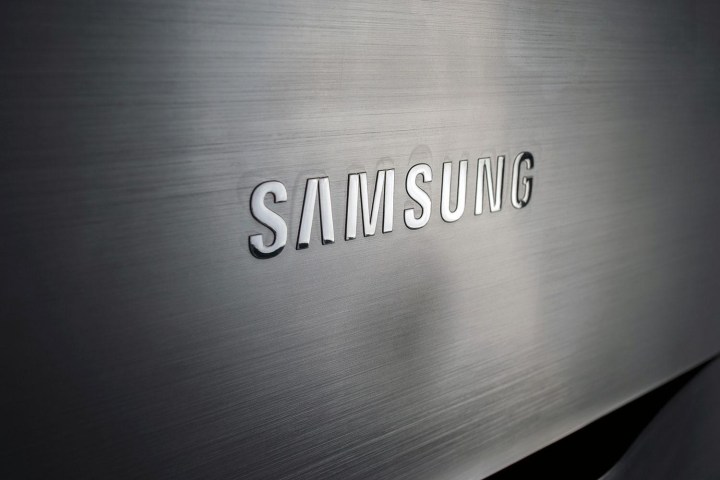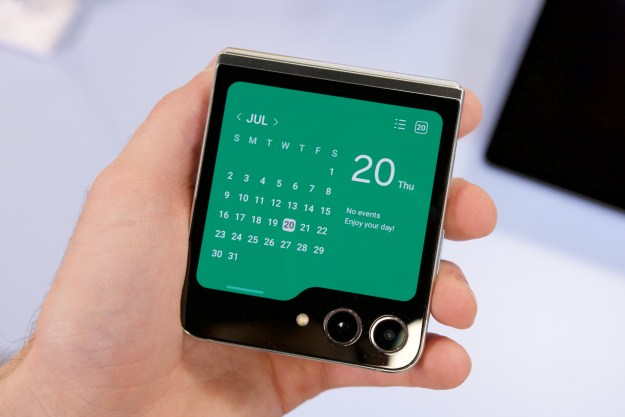
It’s not Samsung’s first investment in Tizen’s app ecosystem, but it’s one of the most significant yet. The Tizen Mobile App Incentive Program, which will run each month from February through September 2017, will dole out a collective $1 million to lucky developers.
“As a committed leader of the Tizen platform, we strive to further benefit, expand upon and evolve the Tizen ecosystem,” Woncheol Chai, Samsung’s VP of global product management, said in a press release. “We’re excited to launch this new incentive program to help develop and bring the best of mobile apps to the Tizen community as well as provide customers with a better mobile experience.”
Interested developers can register their apps in the program on Samsung’s website.
The promotion follows on the heels of Samsung’s Tizen App Challenge, an incentive program the company launched in August. It offers $185,000 in cash prizes to game developers who port their games from Android and iOS to Tizen.
The recent moves mark a shift in Samsung’s strategy. Historically, where the company’s smartphones are concerned, Samsung’s relegated Tizen to devices bound for developing markets like India and China. “Tizen … [is] one of the ways we can sell smartphones at very low cost in emerging markets,” said Mihai Pohontu, Samsung’s vice president for emerging platforms, in a May interview with VentureBeat. But recently, the company’s expressed an openness — and eagerness — to broadening its reach.
Last year, Samsung expanded the Tizen app store from India and Bangladesh to 182 countries including the United States, United Kindgom, and China, and invited companies in Russia to promote Tizen software at Samsung-sponsored forums. The company launched three low-cost Tizen devices earlier this year, Galaxy Z1, Z2, and Z3, and rumors persist that the company’s gunning to debut a flagship device by the end of this year. And as recently as July, a senior Samsung executive said the company would consider expanding the use of Tizen across its product portfolio.
Those investments have set Tizen on an impressive streak. In November of last year, Samsung’s operating system leapfrogged BlackBerrry in Southeast Asia. In August, market research firm Wireless Smartphone Strategies projected that Tizen would be among the smartphone market’s fastest-growing operating systems. Meanwhile, analysts at IDC forecast that Tizen’s use in wearable devices will expand 11 percent by the end of 2016.
“Tizen powers our TVs. It powers our wearables and IoT. It even powers our security solution, Knox,” said Chai. We’re very serious about Tizen. It’s a wonderful operating system.”
Editors' Recommendations
- Samsung just launched a secret Android tablet
- Look who just replaced Samsung as king of the global smartphone market
- I used Samsung’s next big smartphone update. Here’s why I love it
- Motorola just launched 3 new Android phones, and they look incredible
- There’s a big problem with Samsung’s new Android tablets


